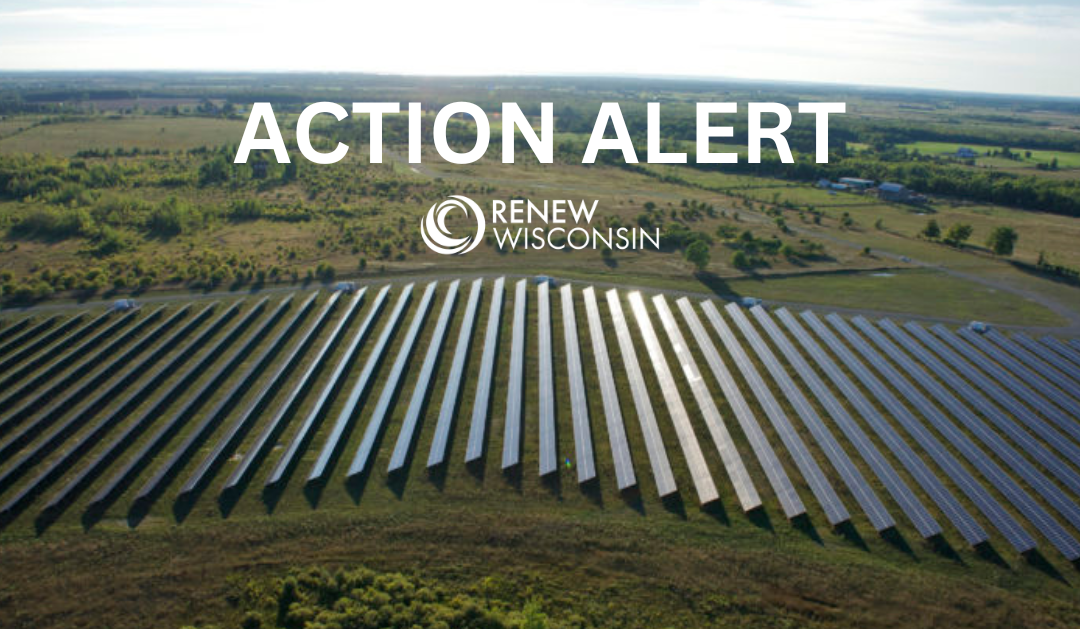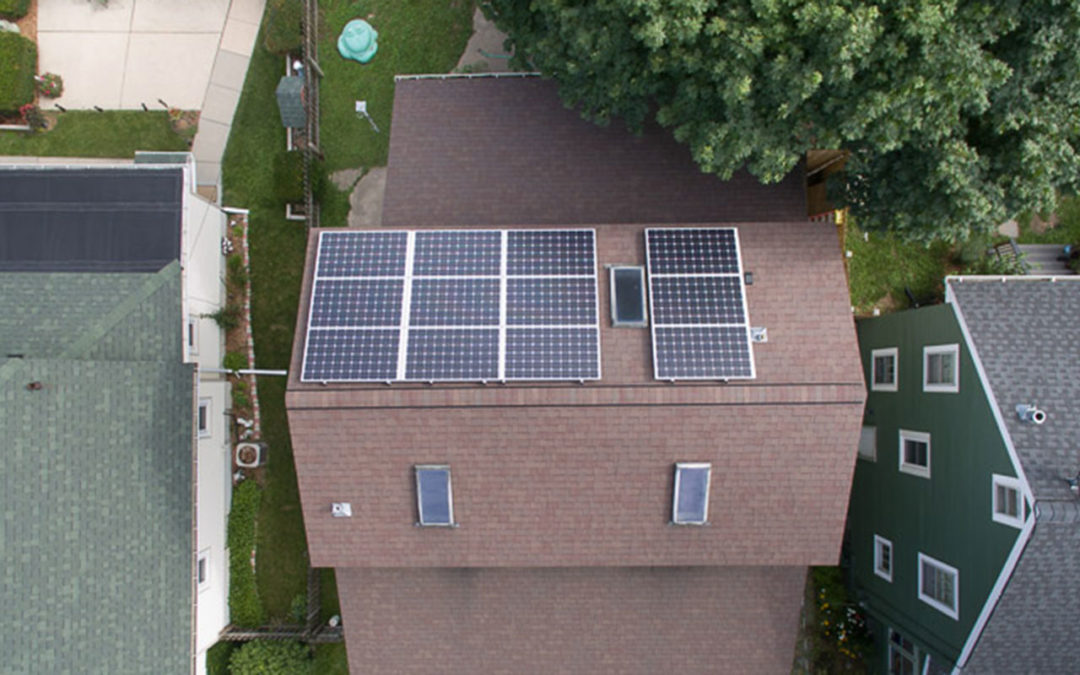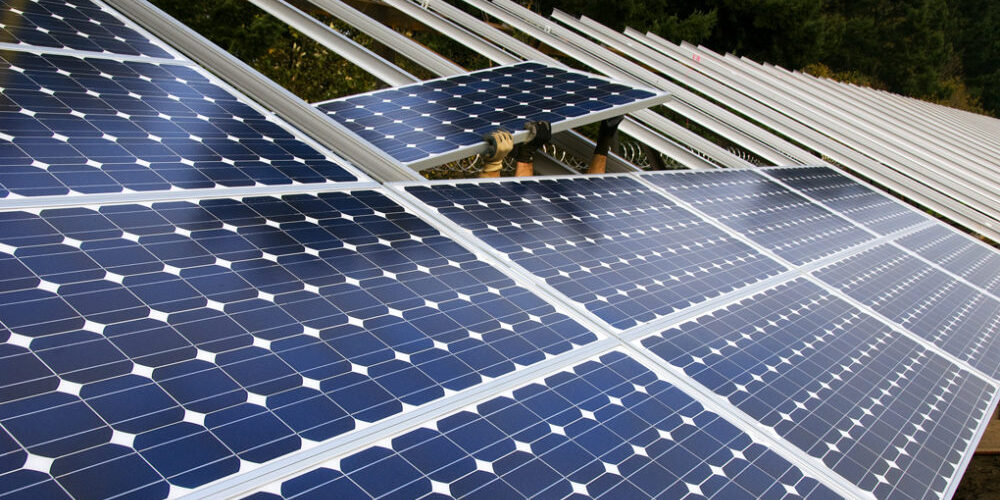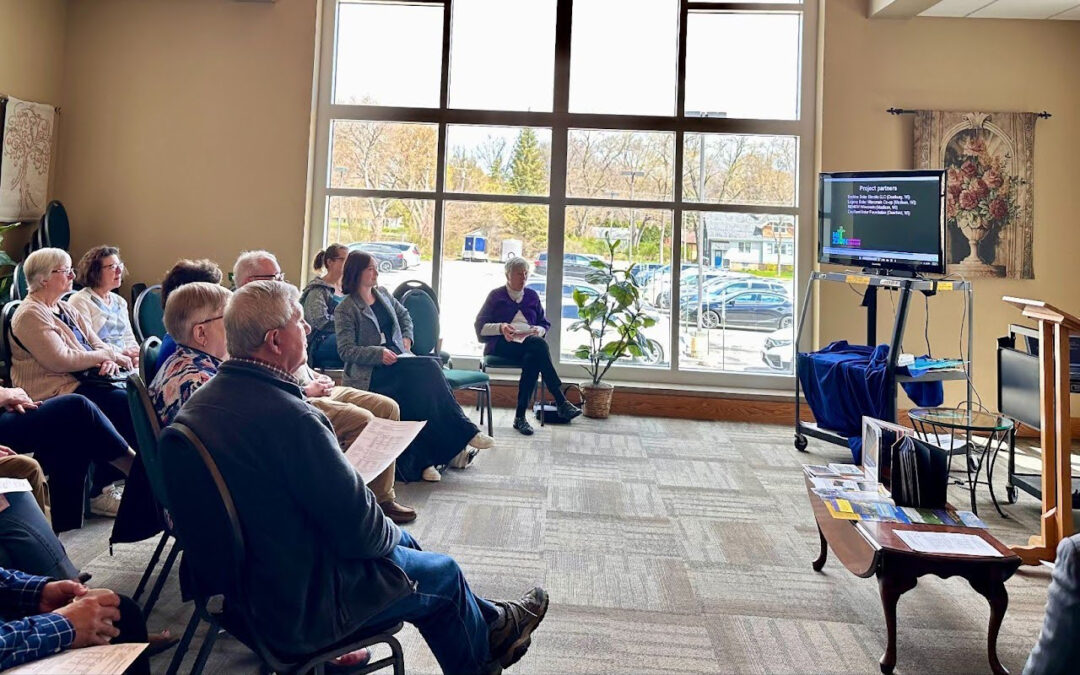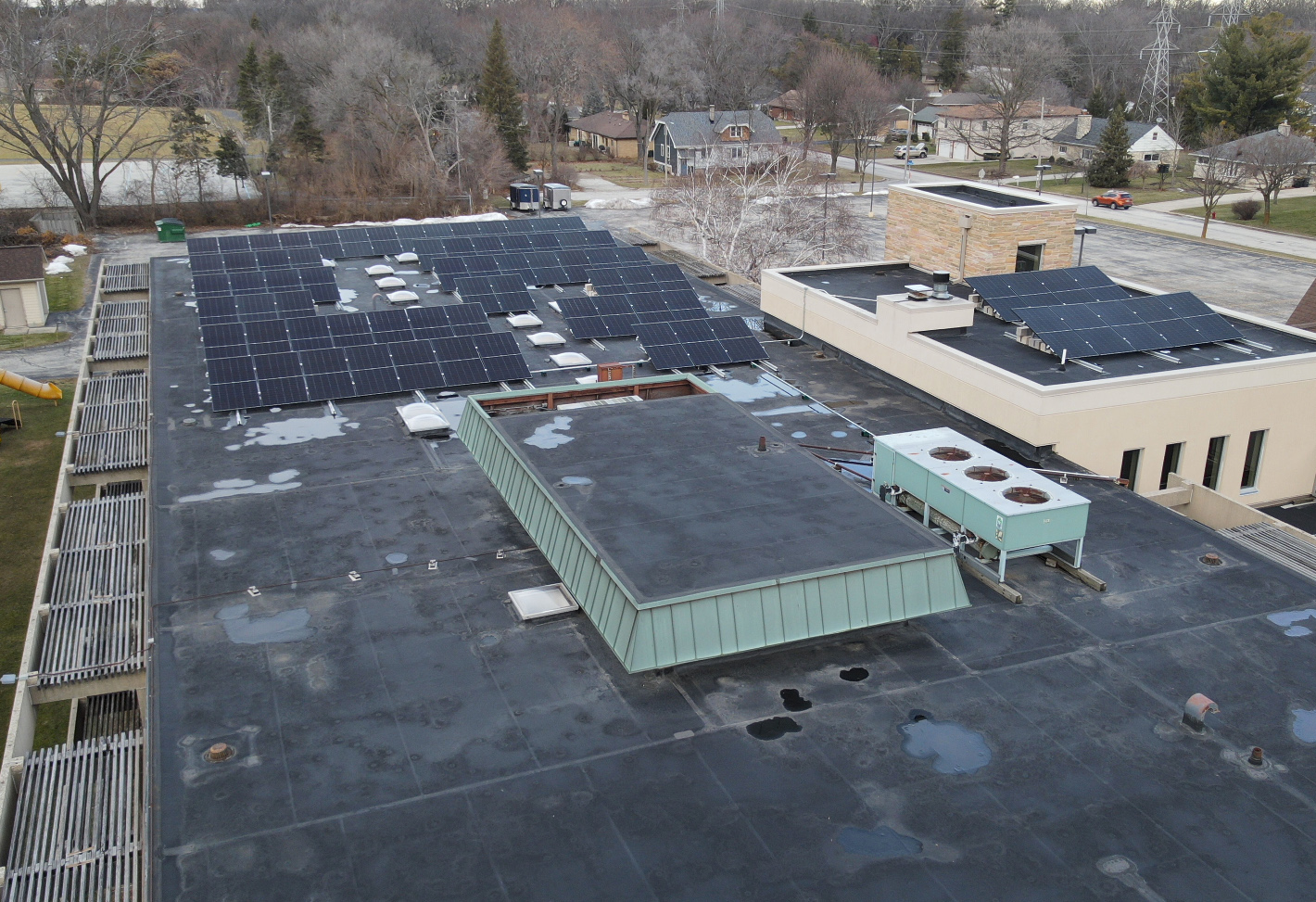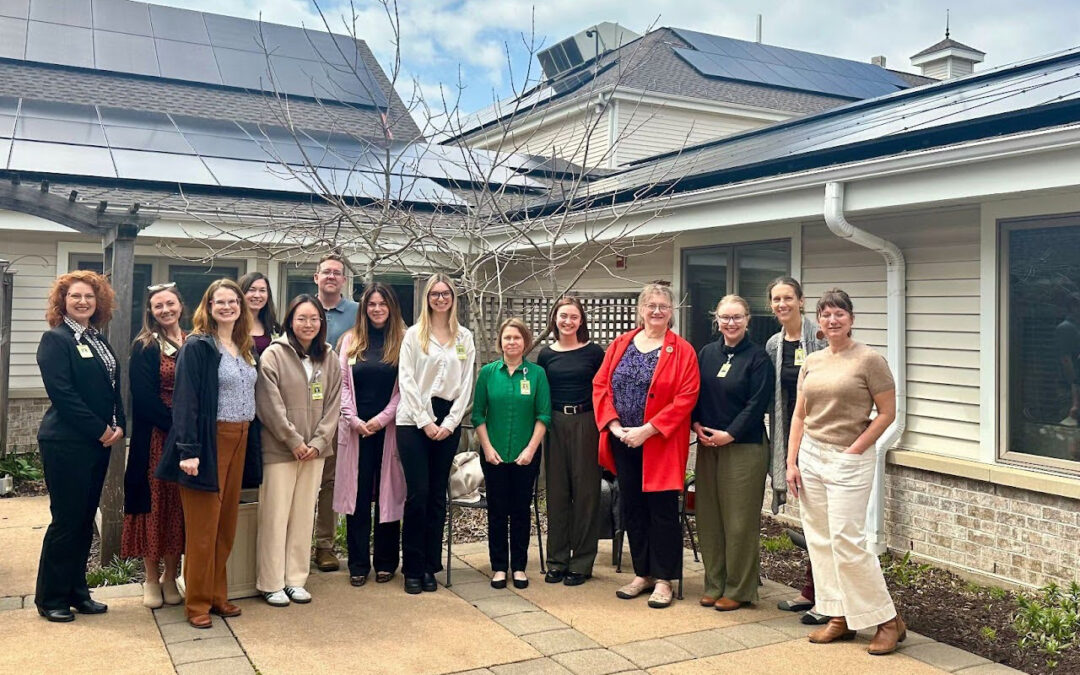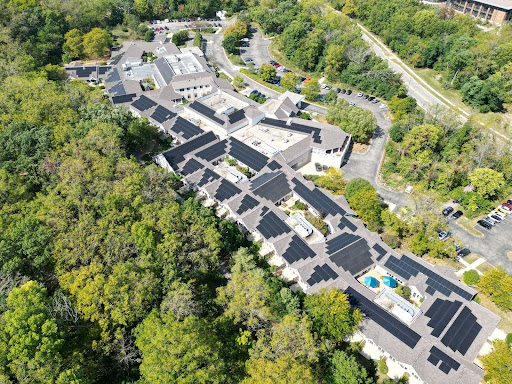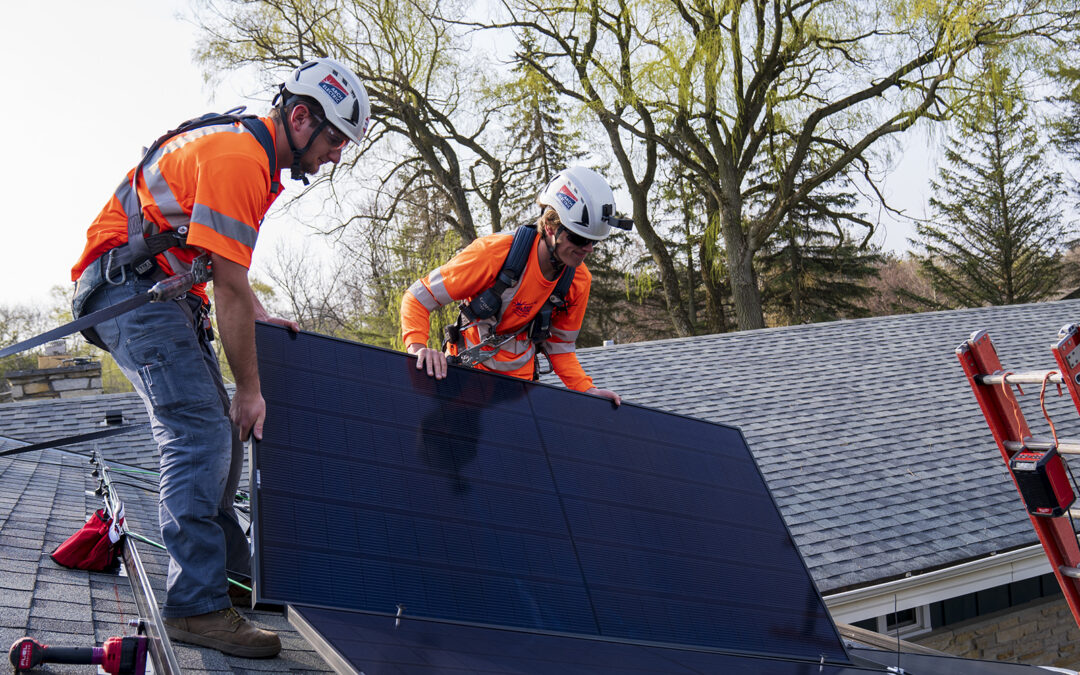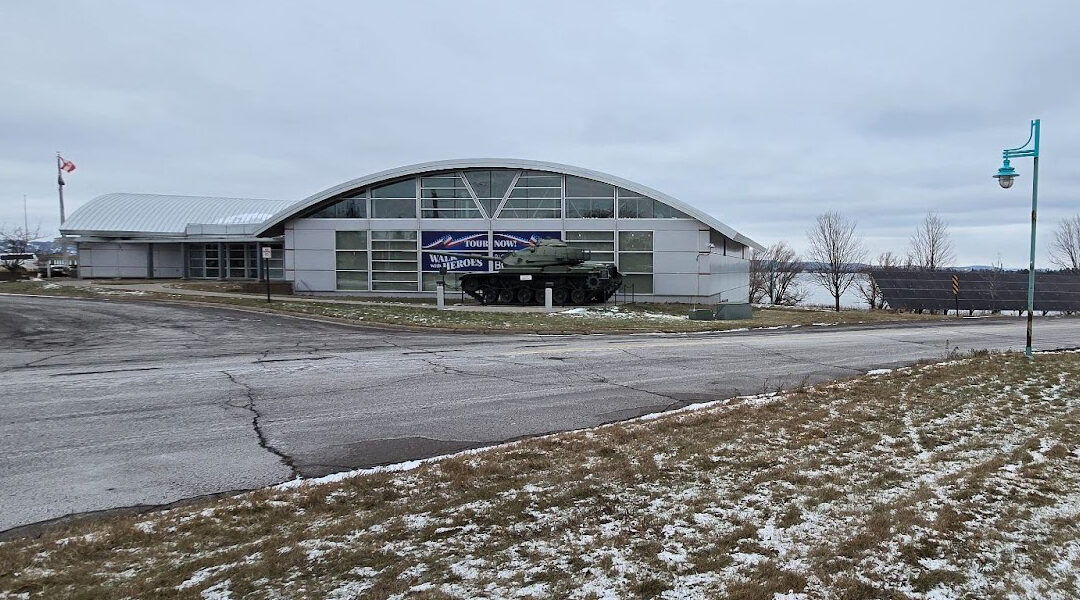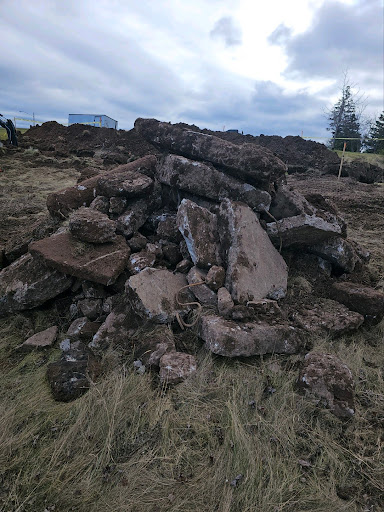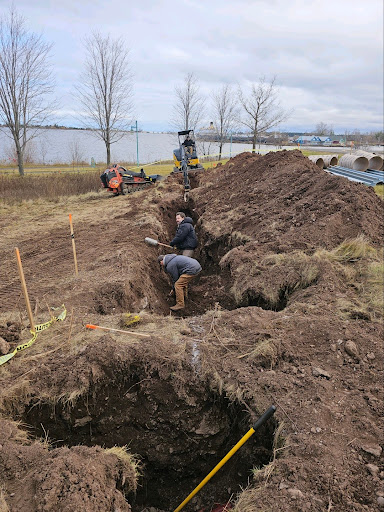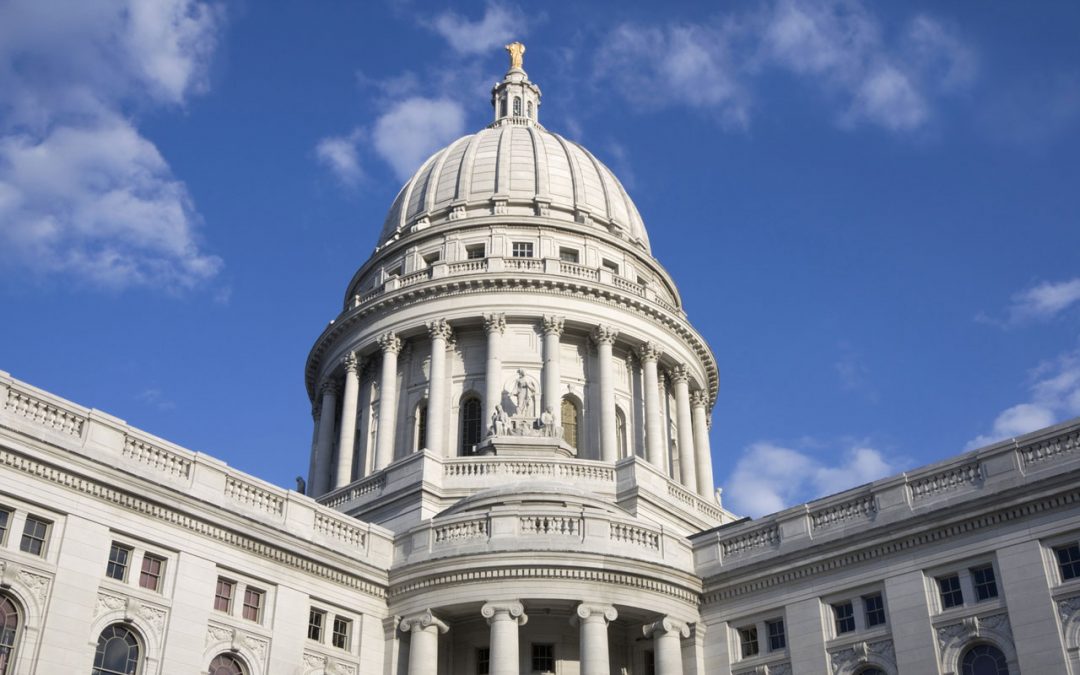Clean Energy Works is RENEW Wisconsin’s initiative to get into the field with our business members and learn directly from those doing the work each day. By shadowing installers, technicians, and staff across the clean energy industry, we gain a deeper understanding of what goes into the work. These experiences directly inform how RENEW supports and advocates for the people and companies driving clean energy forward.
When you think about Wisconsin’s clean energy jobs, it is easy to picture panels, wires, and policy charts. But the real story starts with people.
On a crisp spring morning, I joined a crew from Arch Solar as they set out to bring another rooftop solar project to life. They were a small team, each person coming from a different background: Dave, who leads the panel installs, once packed clothes at Lands’ End. Billy, two months into the job, fixed bikes in Fond du Lac. Leo, now installing panels with the crew, poured concrete in Milwaukee. Jenny, one of the lead electricians, farmed organically near Plymouth before entering the trades. TJ, now a master electrician, once trained for the police academy.
These are the people building Wisconsin’s clean energy future, one project at a time.
The Crew on Day One: Foundations First
The first day of the install was all about setup. I spent the full day with the rooftop solar crew, Dave and Billy, as we laid the foundation for the project. That meant attaching the structural supports and rails that hold to solar panels, along with all of the electrical infrastructure. The crew’s quick work ensured everything was set up for the next day’s panel work.
Dave, one of the lead solar panel installers, has been with Arch for a few years now, and his attention to detail is top-notch. After getting some hands-on experience in the field, he’s now hoping to enter Arch’s electrician apprenticeship program. His steady focus and thoughtful approach stood out, whether he was leveling rails, checking truss locations, setting supports, or making sure conduit was cleanly installed.
Billy, who is just two months into the job, was right there alongside him. It was immediately clear how much he had picked up in such a short time. He asked smart, timely questions and jumped into the work confidently.
While we worked on the roof, Don and Neil handled the electrical work below. Don, who is currently in his electrical apprenticeship, was paired with Neil, a master electrician. They were in charge of setting up the electrical components for the next day, and their coordination with the rooftop team was seamless. Questions moved quickly between us, and answers came easily.
The Crew on Day Two: Panels, Service, and New Faces
The second day brought new crew members and new tasks. Dave and Billy returned, and Leo joined them in handling the panel installation. It was the first time the panels were actually going on the roof, and the three of them worked with speed, care, and attention to every detail.
While the panel install team was up on the roof, I spent all of day two with the electricians, Jenny and TJ. That change in perspective gave me a full view of the project and helped round out my experience across both days. Day one was about structural layout, hardware, and module prep. Day two gave me a front-row seat to the electrical service upgrades, EV charging readiness, and system wiring that bring a solar project to life.
Jenny is a lead electrician at Arch. Before joining the team, she spent years working on an organic farm near Plymouth. Her path into the trades is a powerful example of how someone can have a long, successful career in one field and still pivot to something completely different when the time feels right. Jenny’s calm, knowledgeable presence made her a go-to for any electrical question on site. TJ, her counterpart, also took a unique path to the trades. He has thrived in his role at Arch and recently passed his master electrician exam.
This Is What a Good Job Looks Like
Clean energy conversations often focus on technology, investment, and carbon reduction. Those things matter. But being on-site reminded me that clean energy is also about people and good jobs.
Good jobs are at the heart of the clean energy transition. Jobs that pay well, teach real skills, and offer a pathway forward. Jobs for people from all kinds of backgrounds, whether from bike shops, concrete work, farming, or retail.
Everyone I met was doing skilled work they could be proud of, and every person was thinking about what came next. Whether it was Billy just getting started or TJ recently earning his master electrician license, there was a shared sense that this was about more than a paycheck. It was about building careers, strengthening communities, and creating a future they can stand behind.
Looking Ahead
For RENEW, site visits like this help us better support the people who do this work. We spend a lot of time writing comments, reviewing rate cases, analyzing permitting policy, legislative proposals, and advocating for changes at the Public Service Commission. That work is critical, but it is even more impactful when it is informed by firsthand experience.
There are more crews to meet, more technologies to explore, and more stories to tell. At the end of the day, clean energy is about the people behind it. The more we listen to them, the stronger the future we can build for the grid, for the climate, and for the communities doing the hard work.
If you are part of this work and would be willing to share your story, I would love to join you for a day. Feel free to reach out to me at ben@renewwisconsin.org.
